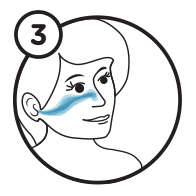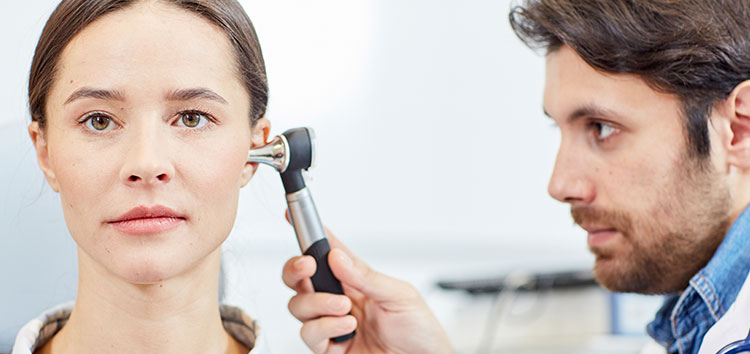
Glue Ear in Adults
Glue Ear is a common medical condition affecting hearing. It is also known as Otitis Media with Effusion or Serious Otitis Media. This can result in work and social difficulties as well as communication challenges.
READ MORE
When the Eustachian tube becomes blocked – often due to a common cold – the middle ear fills with fluid rather than air. The condition derives its name from the fluid becoming sticky or ‘glue’ like over time. Approximately ⅓ of glue ear sufferers are adults.

Symptoms
Dulled Hearing
Selective Hearing
Balance problems can be caused by ear conditions
Using a Louder Volume
Communication Problems
Treatment
GP
If you are displaying any of the glue ear symptoms you should consult your GP. Your GP will likely ask you to observe an ‘active observation’ or ‘watch and wait’ period if they suspect glue ear as the cause. This happens because roughly 50% of glue ear cases spontaneously resolve without the need for treatment.
%
50% of glue ear cases will spontaneously resolve without treatment
Audiologist
If your symptoms persist after the watch and wait period your GP will refer you to an Audiologist. The Audiologist will diagnose glue ear using a tympanometry test. You will probably be asked to continue the active observation period following diagnosis. If the condition continues after this, they will either refer you to your GP for an Otovent prescription or to an ENT surgeon for grommet surgery.
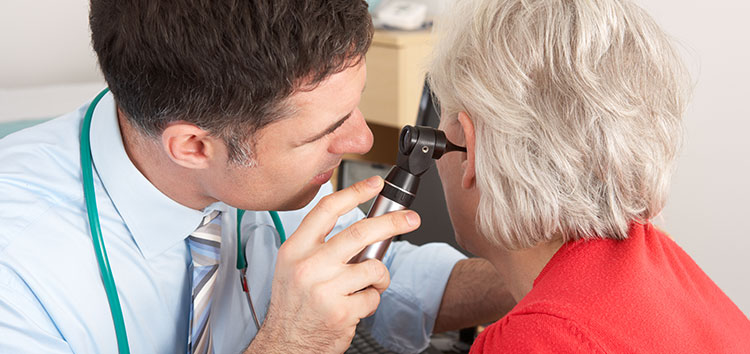
Watch and Wait / Active Observation
The wait for a diagnosis can be very frustrating. If you are having difficulties at work or in your social life the desire for treatment can be made especially urgent. The Otovent auto-inflation device is available free on prescription and over the counter at your local pharmacy. It can also be purchased from our transactional website, otovent.co.uk Otovent is the only clinically proven drug-free and non-surgical treatment for glue ear.

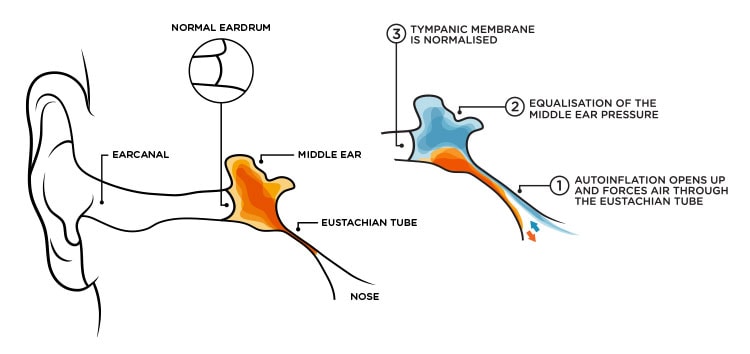
What is Otovent?
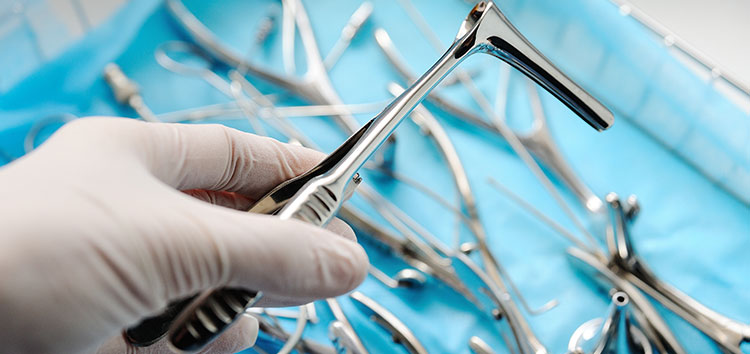
Grommet Surgery


Other Remedies
How To Use Otovent
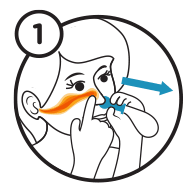
Connect
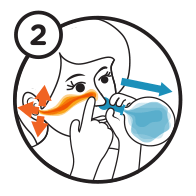
Inflate
